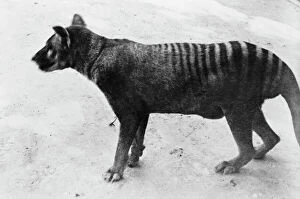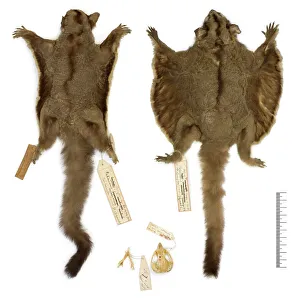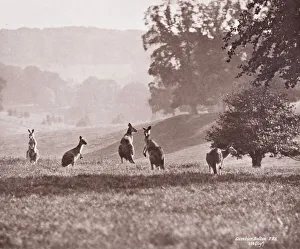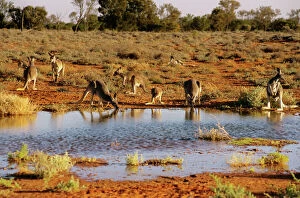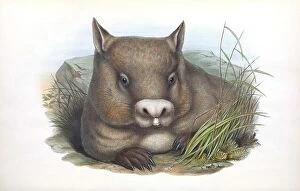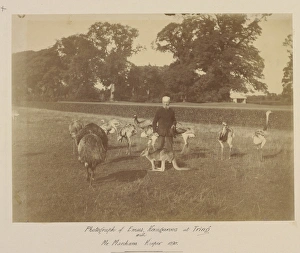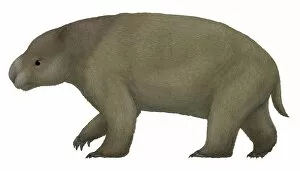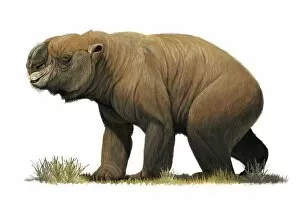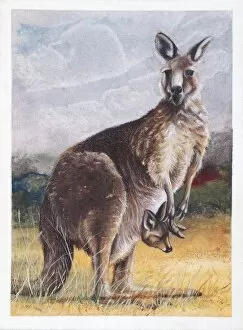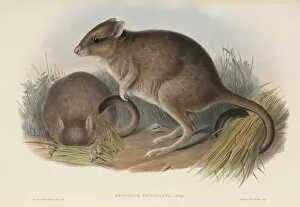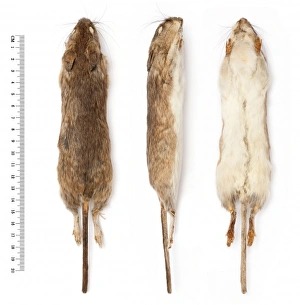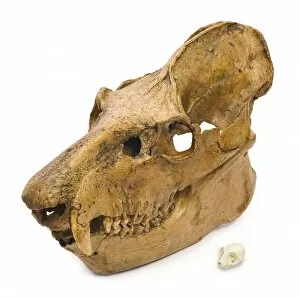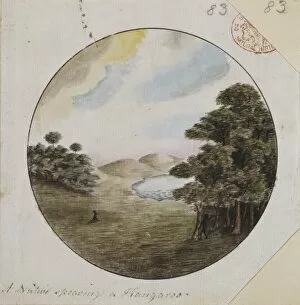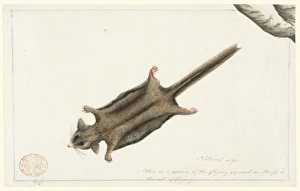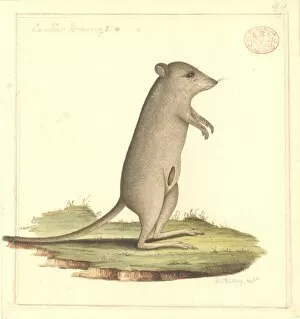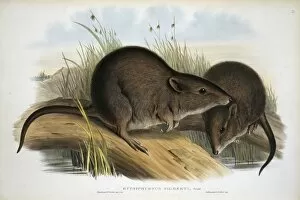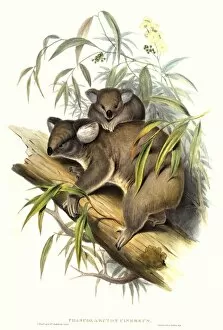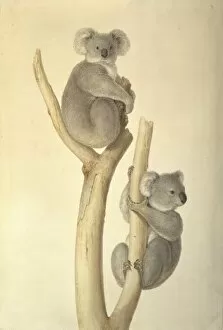Diprotodontia Collection
"Diprotodontia: Exploring the Fascinating World of Marsupials" Step into the enchanting realm of Diprotodontia
All Professionally Made to Order for Quick Shipping
"Diprotodontia: Exploring the Fascinating World of Marsupials" Step into the enchanting realm of Diprotodontia, a diverse order of marsupials that captivates with its unique species and intriguing behaviors. From the elusive Thylacinus cynocephalus, also known as the thylacine or Tasmanian tiger, to the adorable Petaurus breviceps ariel, commonly called sugar gliders, this group showcases nature's creativity. Picture yourself amidst a breathtaking landscape where a group of Kangaroos by Gambier Bolton gracefully hop across open plains. Among them stands Macropus giganteus, an eastern gray kangaroo strikingly contrasted against Xanthorrhoea s plants. Nearby sits a Koala (Phascolarctos cinereus), peacefully munching on eucalyptus leaves while embodying Australia's laid-back charm. Witness Red kangaroos in their natural habitat at Broken Hill in far western New South Wales, Australia BIR00371 - these magnificent creatures quench their thirst with grace and elegance. Transport yourself back in time to London Zoo in 1929 through an evocative black and white photo capturing a Sugar Glider delicately balancing her baby on her back. Venturing further into this marsupial wonderland reveals Emu, rheas, and kangaroos coexisting harmoniously at Tring Park - showcasing nature's ability to foster diversity within ecosystems. Marvel at Vombatus ursinus, better known as common wombats; these sturdy animals dig intricate burrows that serve as cozy homes underground. However impressive they may be individually, no discussion about Diprotodontia would be complete without mentioning Diprotodon optatum - the largest-known marsupial ever to roam our planet. This colossal creature roamed ancient landscapes millions of years ago before eventually becoming extinct.

